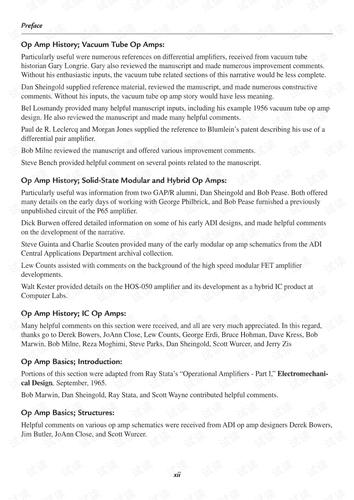
Op Amp Applications Notes: A Comprehensive Guide
Operational amplifiers, or op-amps, are versatile electronic devices that have found their way into countless applications across various fields. Whether you’re a hobbyist, an engineer, or a student, understanding the applications of op-amps can greatly enhance your knowledge and skills in electronics. In this article, we will delve into the different dimensions of op-amp applications, providing you with a detailed and informative overview.
Basic Op-Amp Configuration
Before we dive into the applications, it’s essential to understand the basic configuration of an op-amp. An op-amp typically consists of two inputs: the inverting input (usually marked with a negative sign) and the non-inverting input (usually marked with a positive sign). The output of the op-amp is determined by the difference between these two inputs, multiplied by a gain factor.

One of the most common configurations is the inverting amplifier, where the input signal is applied to the inverting input, and the output is the inverted and amplified version of the input. This configuration is widely used for signal conditioning, filtering, and amplification purposes.
Signal Conditioning
Signal conditioning is a crucial aspect of many electronic systems. Op-amps play a vital role in this process by providing various functionalities such as amplification, filtering, and buffering. Let’s explore some of the key applications in signal conditioning:
| Application | Description |
|---|---|
| Amplification | Op-amps can be used to amplify weak signals to a desired level, making them suitable for various applications such as audio amplification, sensor signal conditioning, and data acquisition. |
| Filtering | Op-amps can be configured as low-pass, high-pass, band-pass, or band-stop filters to remove unwanted frequencies from a signal, ensuring that only the desired frequencies are transmitted or processed. |
| Buffering | Op-amps can be used as buffers to isolate the input and output stages of a circuit, preventing signal degradation and improving the overall performance of the system. |
Control Systems
Op-amps are extensively used in control systems to implement various control algorithms and feedback mechanisms. Here are some key applications in control systems:
-
Proportional-Integral-Derivative (PID) Control: Op-amps are used to implement PID controllers, which are widely used in industrial applications for controlling processes such as temperature, pressure, and flow.

-
Position Control: Op-amps can be used to implement position control systems, such as those used in robotics and automated machinery.
-
Speed Control: Op-amps are used in speed control systems for motors and other devices, ensuring precise control over the speed and direction of motion.
Audio Applications
Op-amps are extensively used in audio applications, thanks to their ability to amplify, filter, and condition audio signals. Here are some key applications in the audio domain:
-
Audio Amplification: Op-amps are used in audio amplifiers to boost the volume of audio signals, making them suitable for various applications such as home theater systems, public address systems, and musical instruments.
-
Equalization: Op-amps can be used to implement equalizers, which are used to adjust the frequency response of audio signals, enhancing the overall sound quality.
-
Signal Processing: Op-amps are used in various signal processing applications, such as noise reduction, compression, and dynamic range compression.
Instrumentation and Measurement
Op-amps are widely used in instrumentation and measurement applications due to their high precision, low noise, and wide bandwidth. Here are some key applications in this domain:
-
Strain Gauges: Op-amps are used to measure the strain on a material, providing valuable information for structural analysis and material testing.
-
Temperature Measurement: Op-amps are used in temperature sensors and transducers to convert temperature variations into electrical signals, which can then be processed and displayed.
-
Flow Measurement




